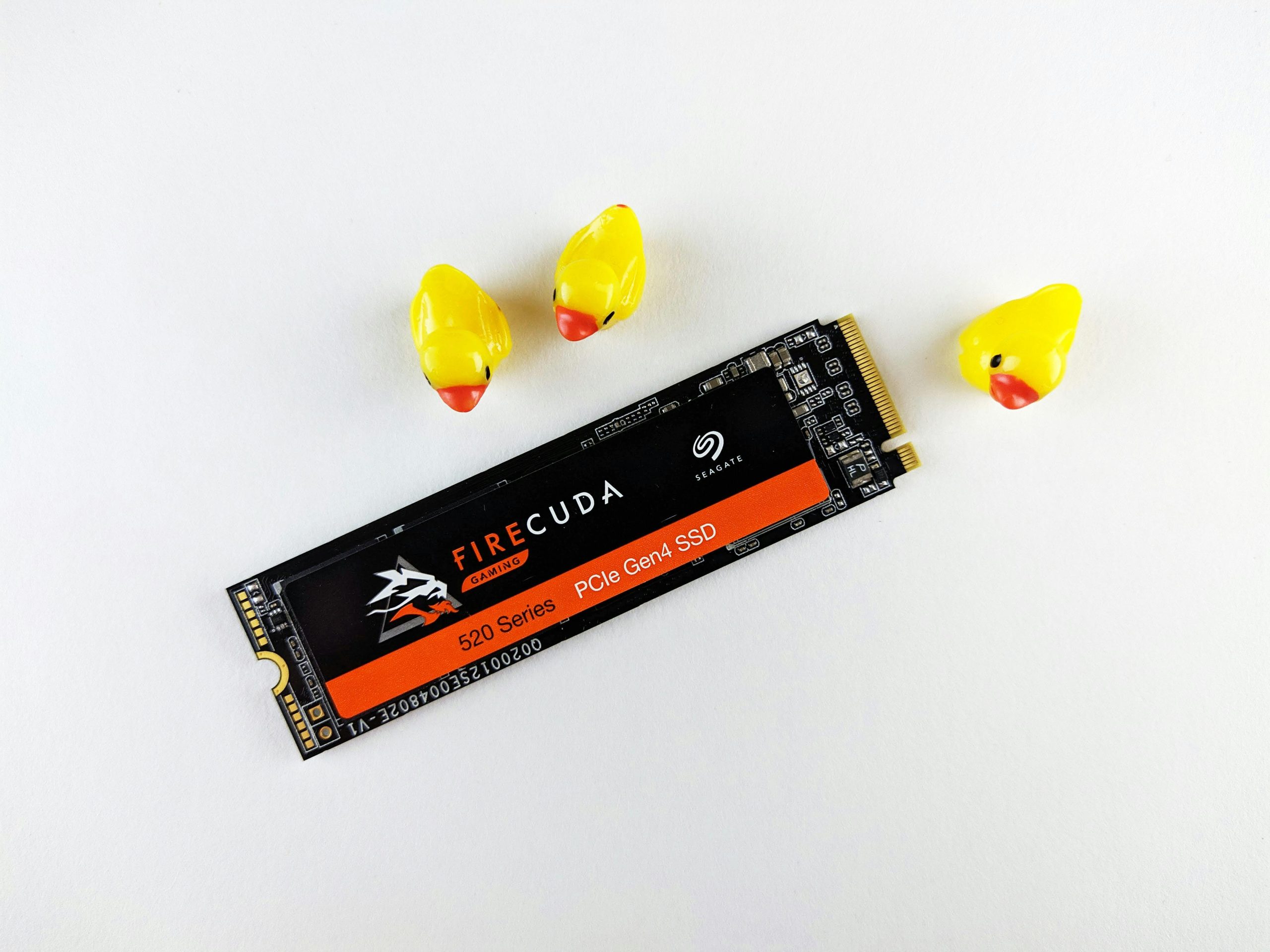Title: Exploring the Feasibility of Replacing a Failed M.2 SSD Controller: A Technical Perspective
Introduction
Solid-state drives (SSDs) have become a cornerstone of modern data storage solutions, appreciated for their speed, reliability, and compact form factor. However, like any electronic device, SSDs can encounter hardware failures—occasionally involving the internal controllers. For tech enthusiasts and professionals alike, understanding whether a controller failure can be remedied through hardware replacement is an intriguing question. This article delves into a real-world scenario involving a Kingston NV1 M.2 NVMe SSD, examining the possibility of replacing its failed controller to restore functionality.
Case Overview
The user experienced a Kingston NV1 SSD (model: NV1 PCIe NVMe, 512GB) that ceased detection across all software interfaces. Diagnostic assessment at a professional recovery shop indicated that the SSD’s controller had failed. Specifically, the failure manifested as the drive reading only two blocks before restarting, a typical sign of controller malfunction.
The Recovery Shop’s Assessment
The recovery specialists identified the controller as an SM2263XT from Silicon Motion. They suggested that the failure was due to hardware issues within the controller circuitry. Additionally, they quoted a substantial price (~$1,000) for data recovery services, reflecting the complexity and potential risks involved in data extraction from a non-functional drive.
Controller Details & Implications
Understanding the involved hardware is crucial:
- Controller Model: SM2263XT by Silicon Motion
- Default Encryption: According to Kingston’s documentation, the SSD does not have encryption enabled by default, and it’s user-toggleable. This reduces potential complications associated with encrypted drives during recovery.
Is Controller Replacement Feasible?
In theory, replacing a failed SSD controller could be a solution to revive the drive, especially if the flash memory chips are intact. However, several technical considerations complicate this approach:
-
Firmware Compatibility: SSD controllers are often paired with specific firmware versions tailored to their hardware and the NAND memory they manage. Replacing the controller would necessitate flashing or installing compatible firmware, which isn’t straightforward—particularly without manufacturer support or specialized tools.
-
Secure Features and Encryption: Even if encryption is disabled, accessing the raw NAND data may be hindered by proprietary security protocols embedded within the controller firmware.
-
Hardware Design & Soldering: The SM2263XT controller is typically soldered onto the PCB, often with fine-pitch BGA (Ball Grid Array
Share this content:


